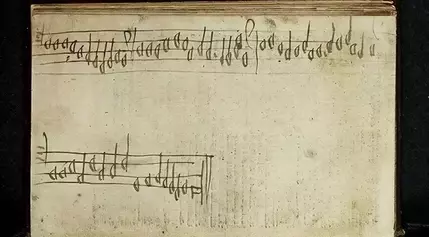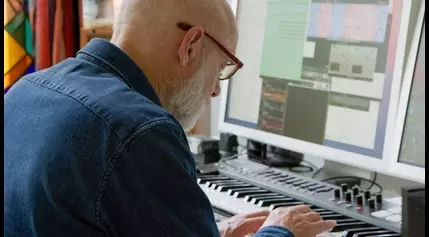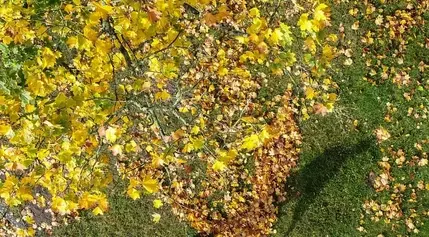
In an intriguing discovery, researchers have unearthed a rare musical snippet from 16th century Scotland, offering a glimpse into the country's pre-Reformation liturgical culture. This 55-note composition, found in the margins of the Aberdeen Breviary, provides valuable insights into Scotland’s sacred music traditions that were previously thought to be lost. The fragment has been linked to a Christian chant still sung today, revealing new dimensions of Scotland's rich musical heritage.
The study not only sheds light on the musical practices of early Scottish religious institutions but also challenges previous assumptions about the extent of musical activity during this period. Experts believe this finding could lead to further discoveries hidden within historical texts and manuscripts, potentially uncovering more of Scotland’s forgotten musical treasures.
Unveiling a Hidden Musical Treasure
This ancient musical fragment, discovered within the pages of a historically significant book, offers a rare opportunity to hear sounds that have been silent for nearly five centuries. Found in the Aberdeen Breviary, one of Scotland's earliest printed books, this notation provides crucial evidence of the country's liturgical music before the Reformation.
The 55-note composition, identified as a polyphonic piece, aligns with the tenor part of a well-known Lenten hymn. Musicologists from KU Leuven and the University of Edinburgh have reconstructed the melody, allowing modern audiences to experience a piece of history. Despite the lack of a title or attribution, the fragment's presence suggests a vibrant musical tradition in Scotland's religious institutions, contrary to earlier beliefs. The researchers' work demonstrates that high-quality music-making was prevalent in Scottish cathedrals and churches, comparable to other parts of Europe. This discovery encourages scholars to explore similar texts for potential musical clues, opening up new avenues for research.
A Window into Pre-Reformation Scotland
The rediscovery of this musical fragment challenges long-held perceptions about the state of sacred music in Scotland prior to the Reformation. For many years, it was assumed that this era lacked a robust musical culture due to the destruction of much physical evidence during religious upheavals. However, this newly analyzed notation proves otherwise, indicating a thriving tradition of liturgical music in Scottish religious settings.
The fragment's connection to the Aberdeen Breviary, a book of prayers and hymns first printed in Scotland in 1510, adds to its historical significance. The researchers speculate that the notation might have been added by someone associated with Aberdeen Cathedral or St Mary’s Chapel in Rattray. Although the identity of the composer remains unknown, the finding underscores the importance of examining other historical texts for undiscovered musical elements. This breakthrough may inspire future investigations into Scotland's musical past, potentially leading to more revelations about its cultural and religious heritage.
New


























































